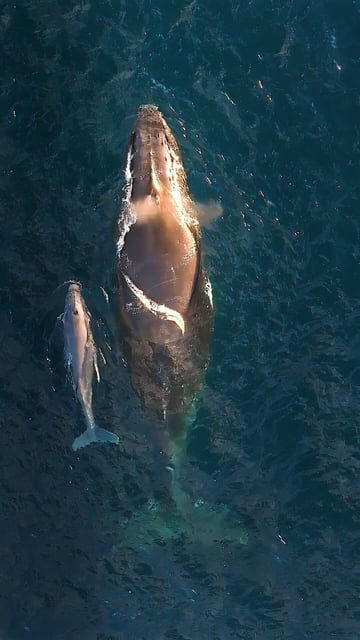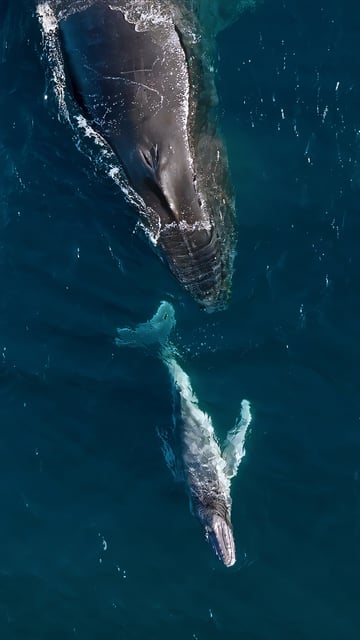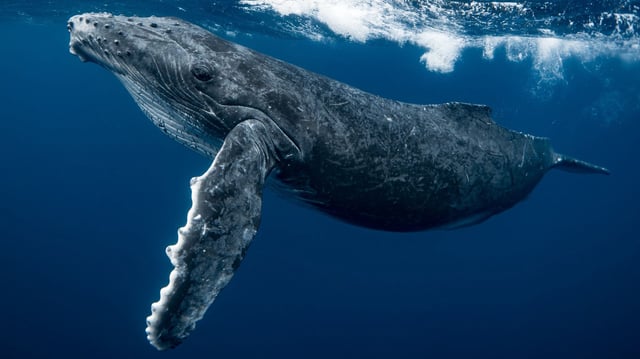Overview
- A study published on May 20, 2025, documents humpback whale calves being born as far south as Tasmania and New Zealand, 1,500 km beyond previously established calving zones.
- Researchers compiled 209 records of calves, including live sightings, strandings, and births, revealing that some whales give birth mid-migration and continue traveling north with their newborns.
- Historical records and whaling logbooks suggest mid-migration calving may have occurred before, but low whale populations previously obscured these patterns.
- The findings highlight conservation challenges, as calves face risks from shipping traffic, entanglement, and predators along busy migration routes.
- Scientists call for expanded marine protected areas and further research to understand why whales persist in migrating north after giving birth in temperate waters.


